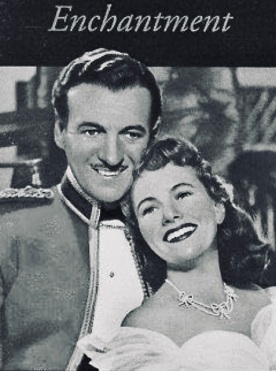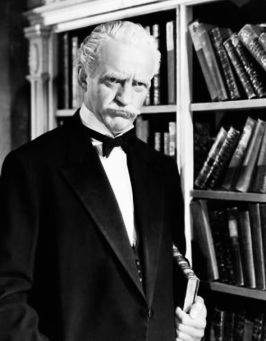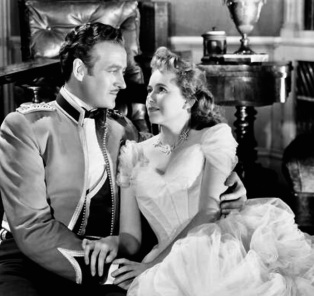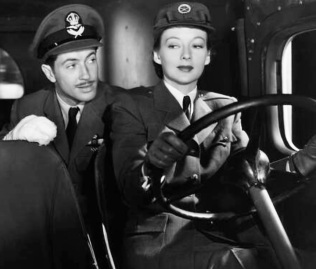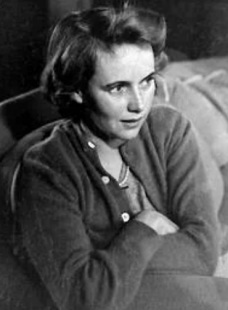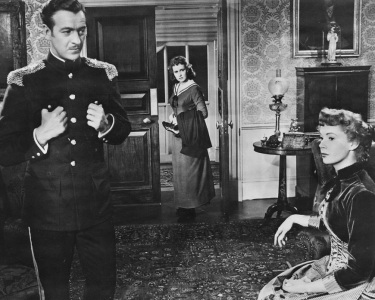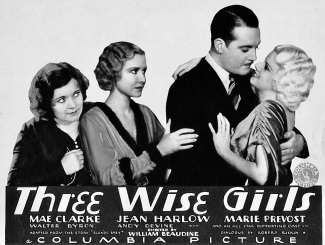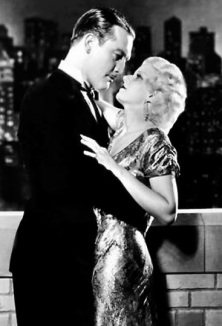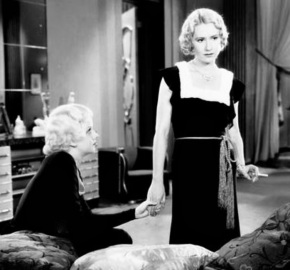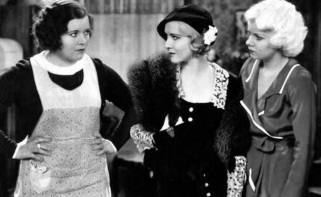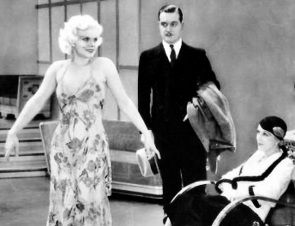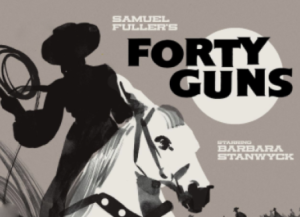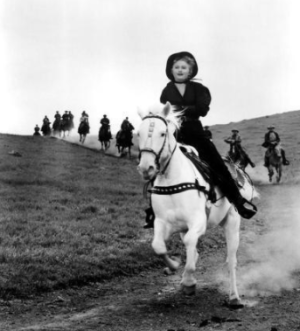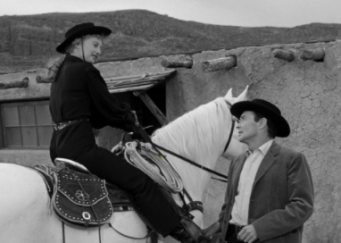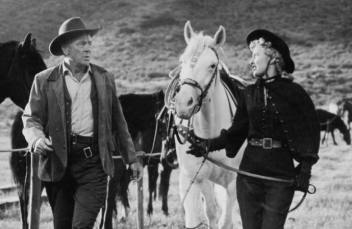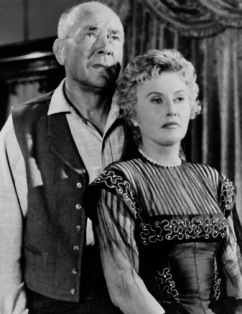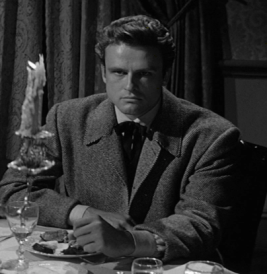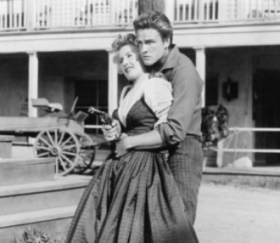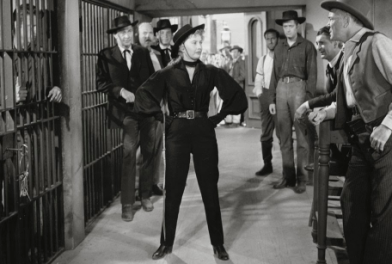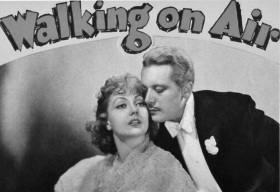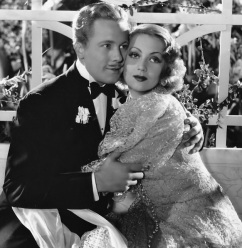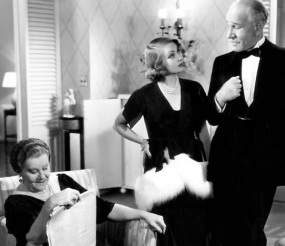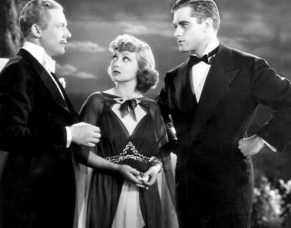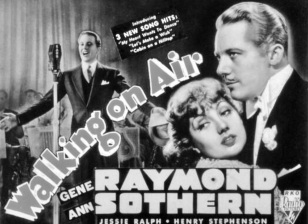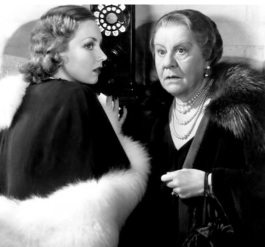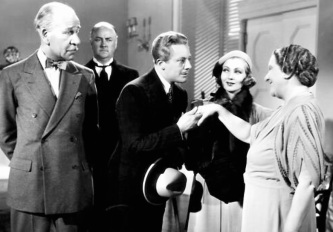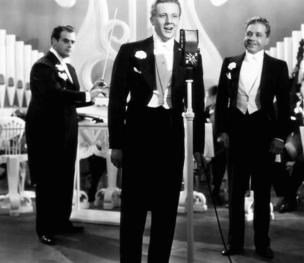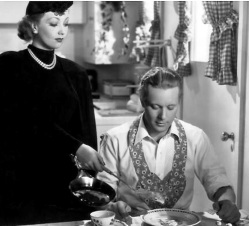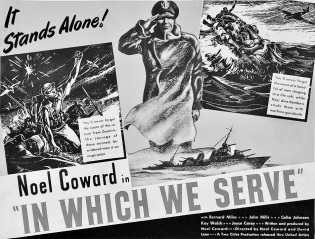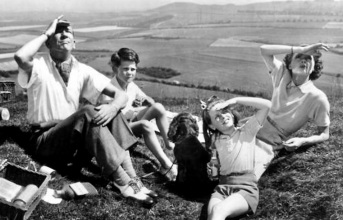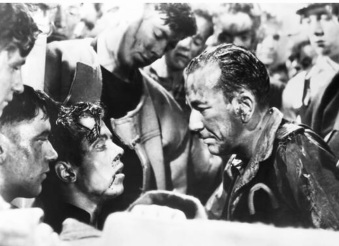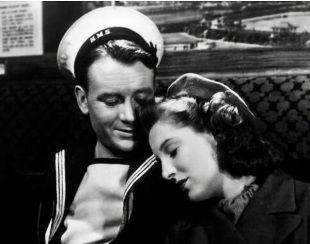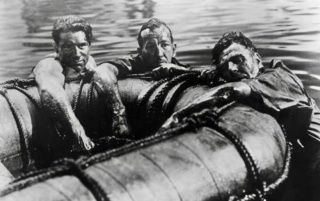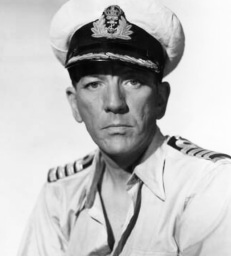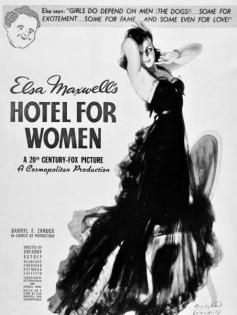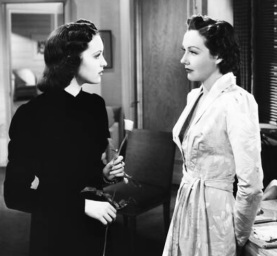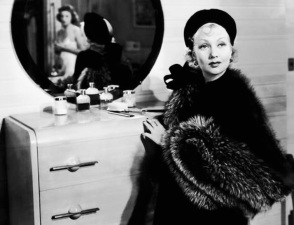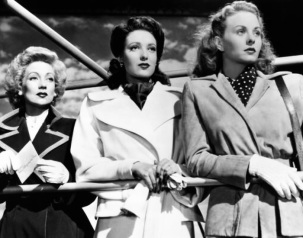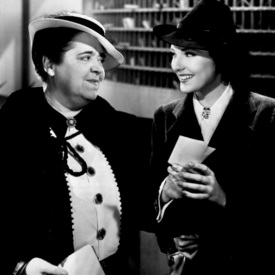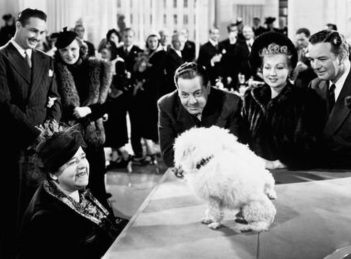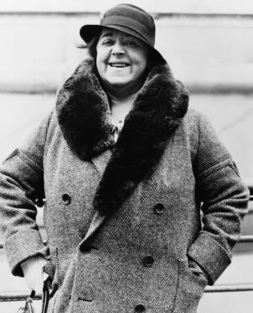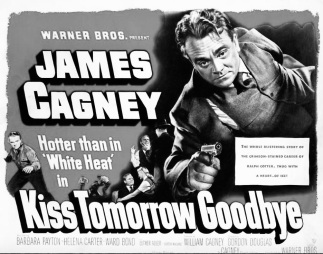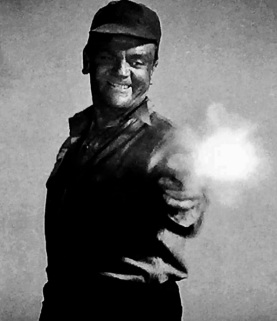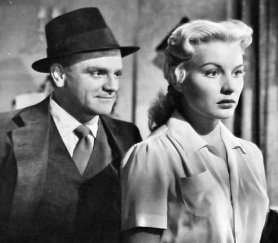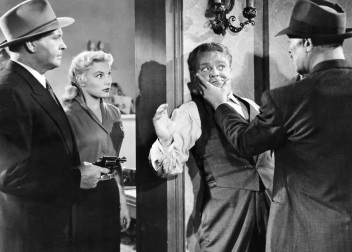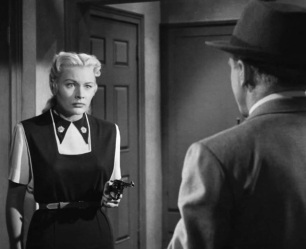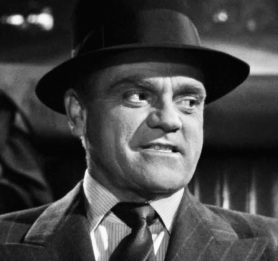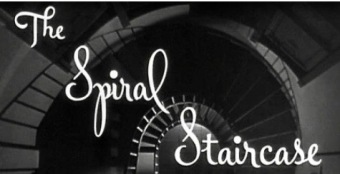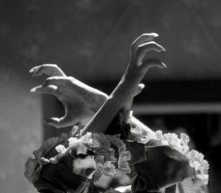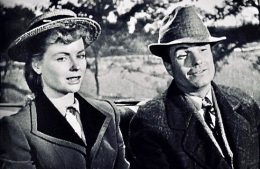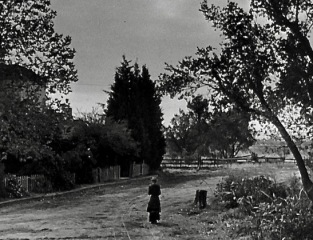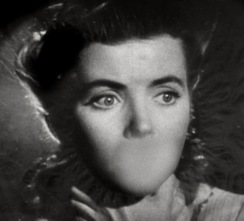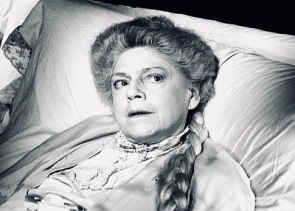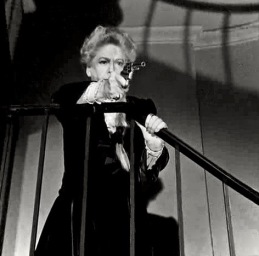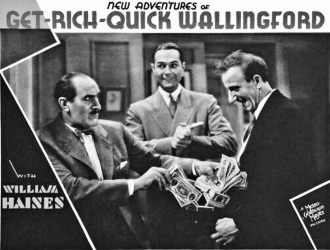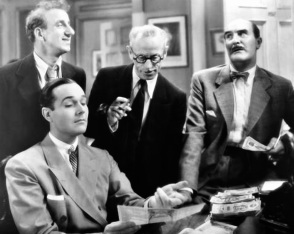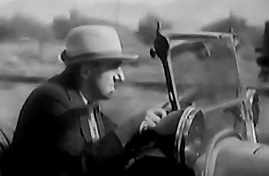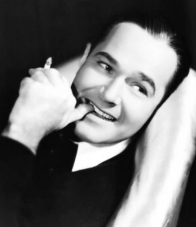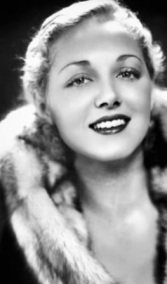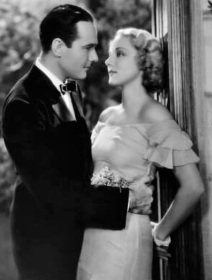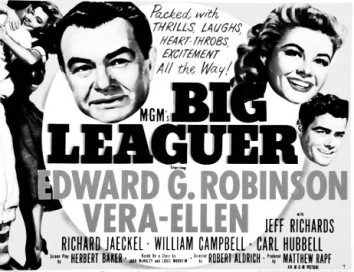
Robinson’s great in this one
Edward G. Robinson always gives an exceptional performance, even in a routine programmer like this one. He has a certain way of spinning a line without overdoing things, which puts his character across with flair without detracting from the overall aim of the story. In this case he’s playing Hans Lobert, a real-life ex-third baseman turned scout for the New York Giants.
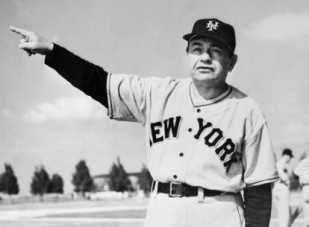
Robinson does well bonding with younger cast members. We see this in his work with Allene Roberts in THE RED HOUSE and in how he collaborates with Burt Lancaster in ALL MY SONS. He establishes a paternal connection to these newer stars and seems to be offering guidance to them on screen, both in character and as a fellow actor.
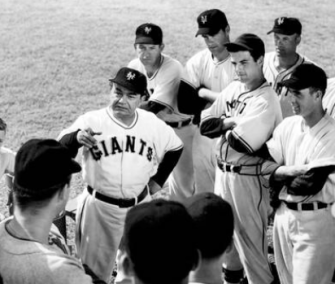
That sort of mentoring is advantageous in this type of film. Mostly because he’s supposed to function as a surrogate father figure, encouraging these hopefuls towards their goal of becoming good professional ball players. Not all of them will make the cut at a training camp in Florida, but they will try hard with Robinson pushing them every step of the way.
Some of the supporting cast fare better than others. Richard Jaeckel is wonderful as a brash pitcher. Robinson drops him from the roster then regrets it– especially when Jaeckel joins a rival team and goes up against them in a playoff. It’s easy to see why Jaeckel had a long career in Hollywood.

Meanwhile Jeff Richards, whom MGM was grooming for big things, is just mediocre and somewhat bland…unfortunate, since he’d been a minor league ball player before getting into the movie business.
In addition to Jaeckel and Richards, there are lesser known faces that reflect casting diversity. One is a hick farm boy handed standard comic relief duties. One is a hood from a rough neighborhood who listens to tunes on the jukebox. And one represents Latino athletes– specifically Cubans in the world of baseball. Much is made about his learning English. The cast is all male except for one person.
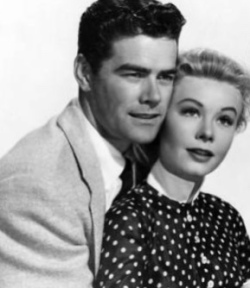
MGM star Vera-Ellen appears as Robinson’s niece. We are told she knows quite a lot about the sport, though she never really demonstrates this with her actions. I guess she’s too busy falling for Richards. To my knowledge this was Vera-Ellen’s only non-musical role.
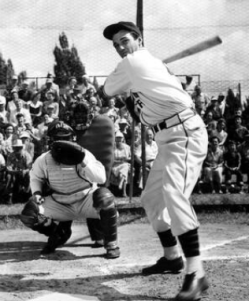
The final sequence of the film is particularly good. It’s a playoff game, before Robinson and his bosses announce which guys are being offered contracts with the Giants’ organization. It’s nearly as fun as watching a World Series game, because each one has a lot to prove knowing it’s their last chance to make a solid impression.
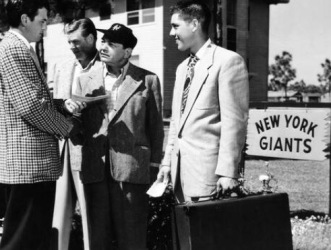
When they get on the bus to go home, I admit I was a bit teary-eyed. Their time with Robinson meant a lot to them, because they learned so much from him.
